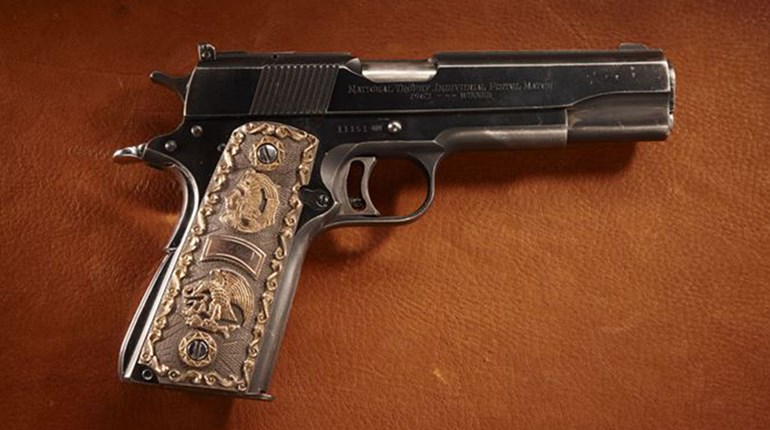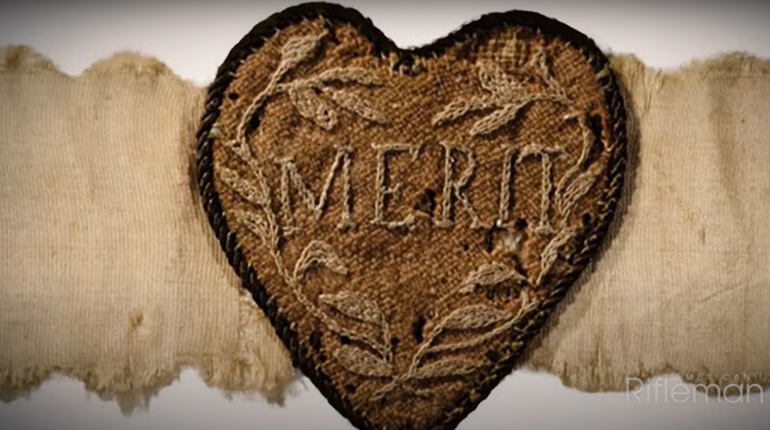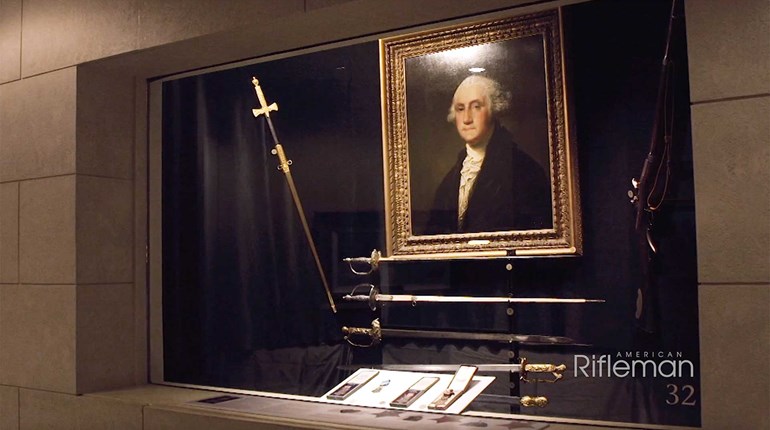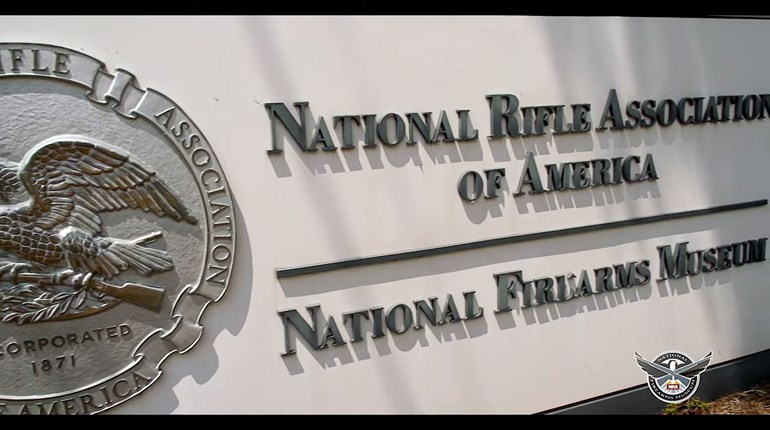
Shown here is a German ball-butt dag wheellock handgun, .51-caliber, circa 1620 to 1650.
Some historians believe that Leonardo da Vinci came up with the basic concept for the wheellock firearm. It was developed in Europe around 1500, and was one of the most complicated and sophisticated mechanical devices of the era. It provided a method of igniting the gunpowder charge in a firearm by using a serrated-edge iron wheel that spun against a piece of pyrite when released by the trigger to set off the charge and send the bullet downrange. The spring-driven wheel had to be wound with a wrench called a spanner before firing, but could be prepared far in advance of the intended use.
Previous firearm designs, such as the hand cannon and matchlock, had relied on a smoldering ember or burning slow match for ignition. There was no way to conceal such a gun on the person ready for use, unless one was willing to have a trail of smoke from one’s tunic or risk setting one’s breeches ablaze. There were no such concerns with the wheellock. It could be tucked under the cloak—charged, wound and ready for immediate use.
To the monarchs of the era, ruling by self-proclaimed divine right regardless of the consent of the governed, this was a cause for some consternation. They were less than enthusiastic about the idea that a disgruntled subject might approach the vicinity of his majesty with a concealed weapon that was effective from some distance. As a result, the first gun bans were adopted. One colorful example—from a city ordinance in Ferrara, Italy, in 1523—is reported as reading:
“An especially dangerous kind of firearms have come to be used, which are called wheellock, with which a homicide can easily be committed. His Excellency, knowing that these are devilish arms, prohibits their being carried without explicit authorization, under penalty of having a hand publicly cut off.”
It should surprise no one that such constraints were less than fully effective. Ironically, the same argument against carry of concealed firearms has been made in the United States for decades, as the
Right-to-Carry movement has swept the nation one state at a time. And despite dire claims by opponents, violent crime has gone down over that same time period, not up.
Wheellocks were difficult and expensive to manufacture, limiting their adoption by the military and restricting buyers primarily to royalty and the affluent. Examples are often elaborately decorated, as is the case with this one. Truly concealable handguns that were affordable by commoners had to await the invention of early flint ignition actions, such as the snaphaunce and miquelet.
The NRA National Firearms Museum at NRA Headquarters in Fairfax, Va.; the NRA National Sporting Arms Museum at Bass Pro Shops in Springfield, Mo.; and the Frank Brownell Museum of the Southwest at the NRA Whittington Center in Raton, N.M.; all have fine selections of historic arms on display. Admission to each is free, and donations are gratefully accepted. For more information, visit nramuseums.com, phone (703) 267-1600 or email [email protected].


































